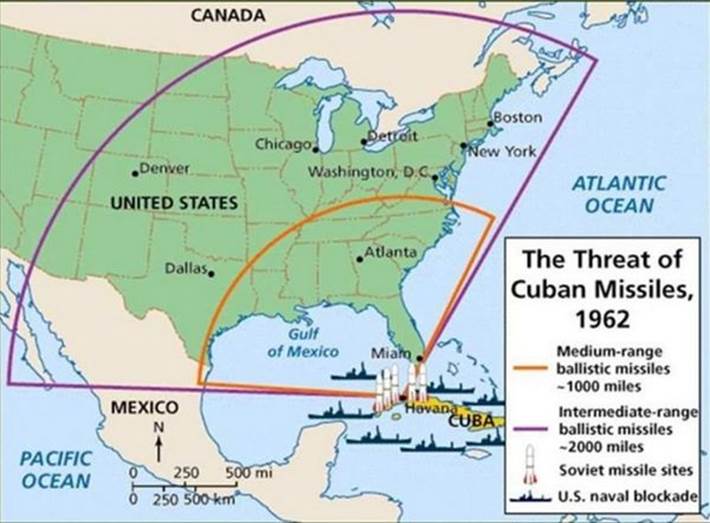Free Courses Sale ends Soon, Get It Now


Free Courses Sale ends Soon, Get It Now



Copyright infringement not intended
About
Cold War and Cuban Missile Crisis
Must Read Article:
https://www.iasgyan.in/blogs/cold-war-its-origin-causes-and-phases
https://t.me/+hJqMV1O0se03Njk9
© 2024 iasgyan. All right reserved